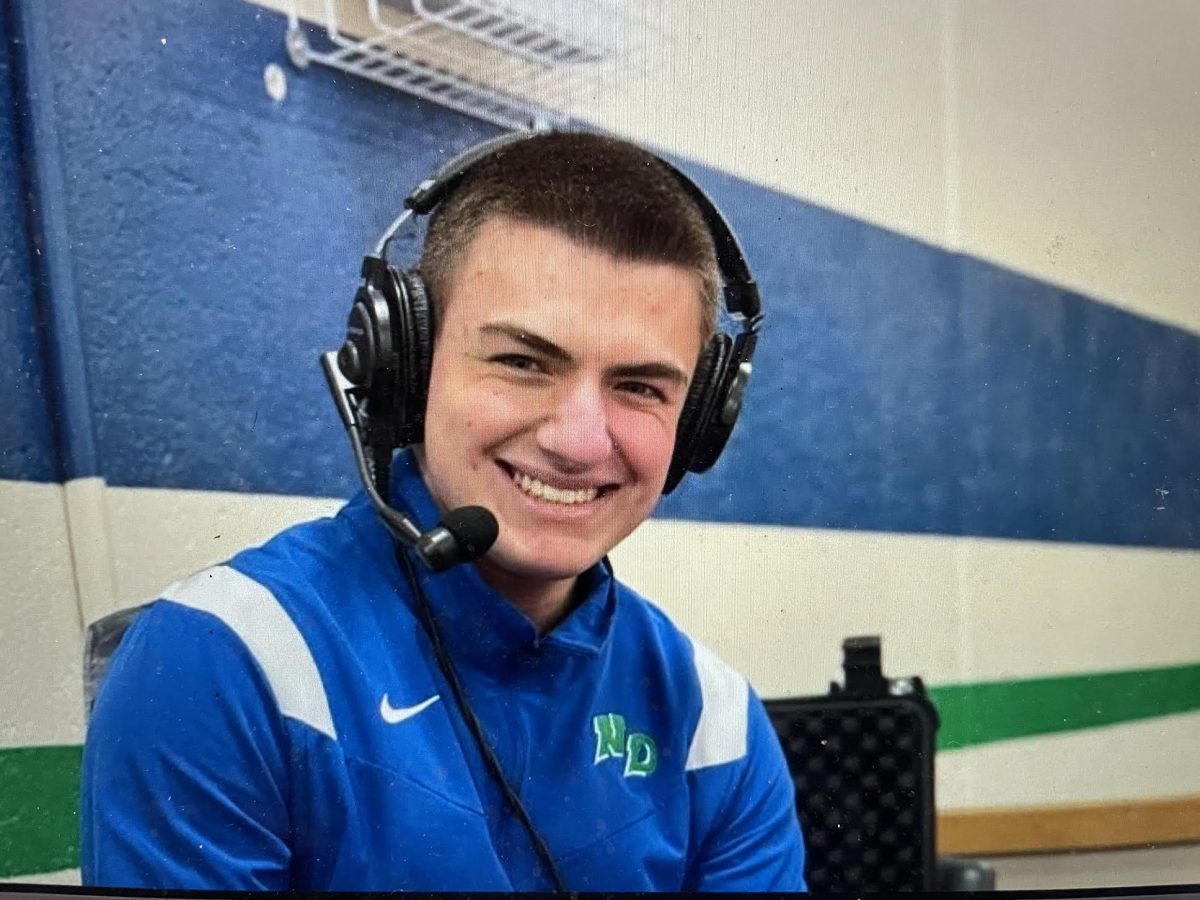Biggest Loser Weight Loss Doesn’t Sit Well With Viewers
February 21, 2014
When contestant Rachel Frederickson emerged two weeks ago on the finale of “The Biggest Loser,” it’s safe to say people were shocked.
The 5’4” 24-year-old lost 155 pounds over the course of the show, dropping to a slim 105 pounds.
According to the Green Bay Press-Gazette, Frederickson was a state champion swimmer at her high school in Minnesota, but turned to sweets after a rough break up.
She spent five months training under the show’s rigorous exercise regimen, and eating healthier with the show’s diet expectations. She also had time on her own before the finale.
“My journey was about finding that confident girl again,” Frederickson said. “I found that girl, and I’m just going to embrace her fully.”
Now criticism is flying, with many people turning to social media to voice their concern.
On Twitter, pictures of Frederickson and trainers Jillian Michaels and Bob Harper soared. Many tweeted that Frederickson looked anorexic and unhealthy.
All this got me thinking about the image we are portraying to children about what “beauty” is. Is it being thin? Is it being healthy? Is it something else entirely?
One of the most popular toys for children is Barbies. Have you ever seen a Barbie that wasn’t incredibly thin? I didn’t think so. What is that teaching children?
Here at Notre Dame, counselor Eric Neiswender said he isn’t sure how the number of students with weight issues compares to the national average, but that counselors will get involved if they notice students who lose a large amount of weight in a small amount of time.
“This is for two reasons,” he said. “One is that extreme weight loss is quite noticeable, and two, it’s life threatening if it goes too far.”
Neiswender points out that weight issues can affect anybody. However, here at NDA, it seems to affect more females than males.
“In fact, I can only think of one male NDA student in ten years who was known to be anorexic,” he said. “It is spread equally among grade levels. It affects highly successful students as well as those who struggle academically.”
Advertising and media certainly contribute to the problem, Neiswender said. However, sometimes it’s an issue of control.
“Some people restrict their food intake for reasons that have little to do with achieving some ideal of physical beauty,” he said. “Sometimes it has more to do with being in control. It’s like self-discipline taken too far.”
Neiswender says that although some weight issues are about image or control, other tactics are just to relieve stress.
“Binge-eating is usually a way for troubled people to soothe themselves. Of course, they usually feel regret later,” he said.
Jillian Lampert, senior director of the Emily Program, an eating disorder treatment program in St. Paul, said that criticism directed against Frederickson isn’t helpful.
“A more constructive message to send young people would center on well-rounded health and the importance of eating well, moving well, and sleeping well,” she said.
Neiswender offers advice to those struggling with their weight.
“Accept the input that you get from friends, family, and people who care,” he said. “If your clothes are getting loose on you, and people tell you that you are looking too skinny, listen and accept professional help.”
Neiswender said that the issue is that people with distorted body-images don’t see what everyone else sees when they look in the mirror.
“Similarly, if a person sees that their clothes are getting tight on them and family is expressing concern about weight gain, listen,” he said. “A habit is much easier to overcome if addressed early.”
If you’re struggling with your weight, get help, but also try to see that what is on the inside is more important.
Joanne Ikeda, a dietitian and retired faculty member at the University of California at Berkeley’s Department of Nutritional Sciences, said that focus needs to be on embracing body-size diversity.
“We should be happy we don’t all look like Barbie and Ken,” she said.

































